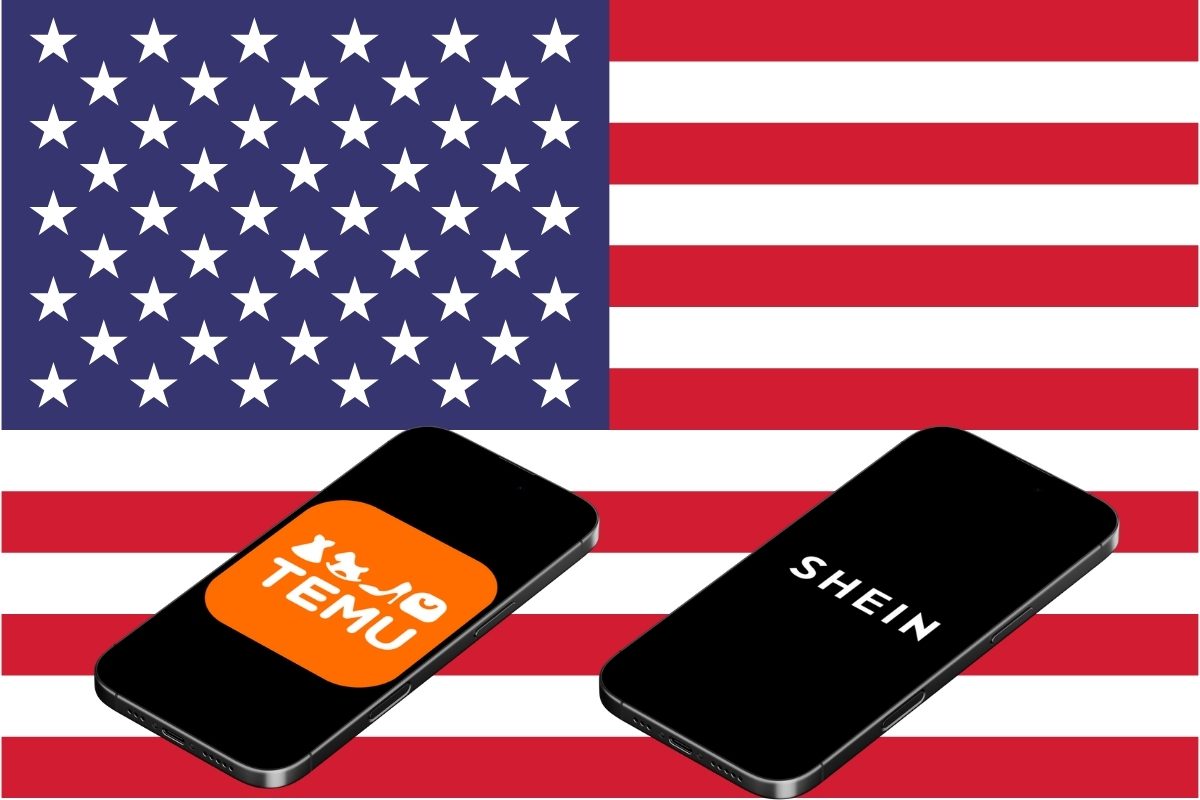Chinese fast-fashion giants Temu and Shein are confronting unprecedented challenges in the US market following President Donald Trump’s implementation of a 145% tariff on Chinese imports and the elimination of the de minimis exemption for sub-$800 shipments. Despite these significant hurdles, e-commerce analysts remain optimistic about both companies’ potential to maintain their competitive positions.
Impact of New Tariff Regulations
The termination of the de minimis exemption, scheduled for 2 May 2025, marks a pivotal shift in the operating landscape for both retailers. This regulatory change has prompted both companies to announce price increases effective 25 April 2025, as they attempt to offset the substantial rise in operational costs.
These changes have already begun to affect their market performance, with recent data showing Shein experiencing a 23% decline in US sales, whilst Temu has recorded a 17% decrease. The impact extends beyond immediate revenue, challenging their fundamental business models built on offering ultra-competitive prices.
Strategic Adaptations and Market Response
Temu has demonstrated particular adaptability by initiating a transition towards a “local fulfilment model,” incorporating US suppliers into their platform. This strategic pivot positions them in direct competition with established American retail giants such as Amazon and Walmart, potentially offering a pathway to maintain their competitive edge despite the tariffs.
Shein’s response has focused on leveraging its established brand presence and pricing strategy. According to an April report from Omnisend, approximately 30% of customers indicate they might reduce or cease shopping if prices increase, though Shein’s strong market position could help minimise this impact.
Historical Context and Future Implications
Both companies previously thrived by utilising the de minimis exemption, which permitted duty-free shipping for packages valued under $800. The removal of this advantage has necessitated a fundamental reassessment of their pricing strategies and business models.
As these fashion retailers navigate the new regulatory landscape, their success will largely depend on their ability to balance necessary price increases with maintaining customer loyalty. The challenge is particularly acute given the observed reduction in customer purchases and the need to adapt to new market conditions.
Expert Outlook
Despite the significant challenges posed by the new tariffs, industry experts maintain a cautiously optimistic outlook regarding both companies’ ability to adapt and maintain their market presence. Their capacity for innovation and strategic adaptation will be crucial determinants of their long-term success in the US market.
News Source: CNBC









